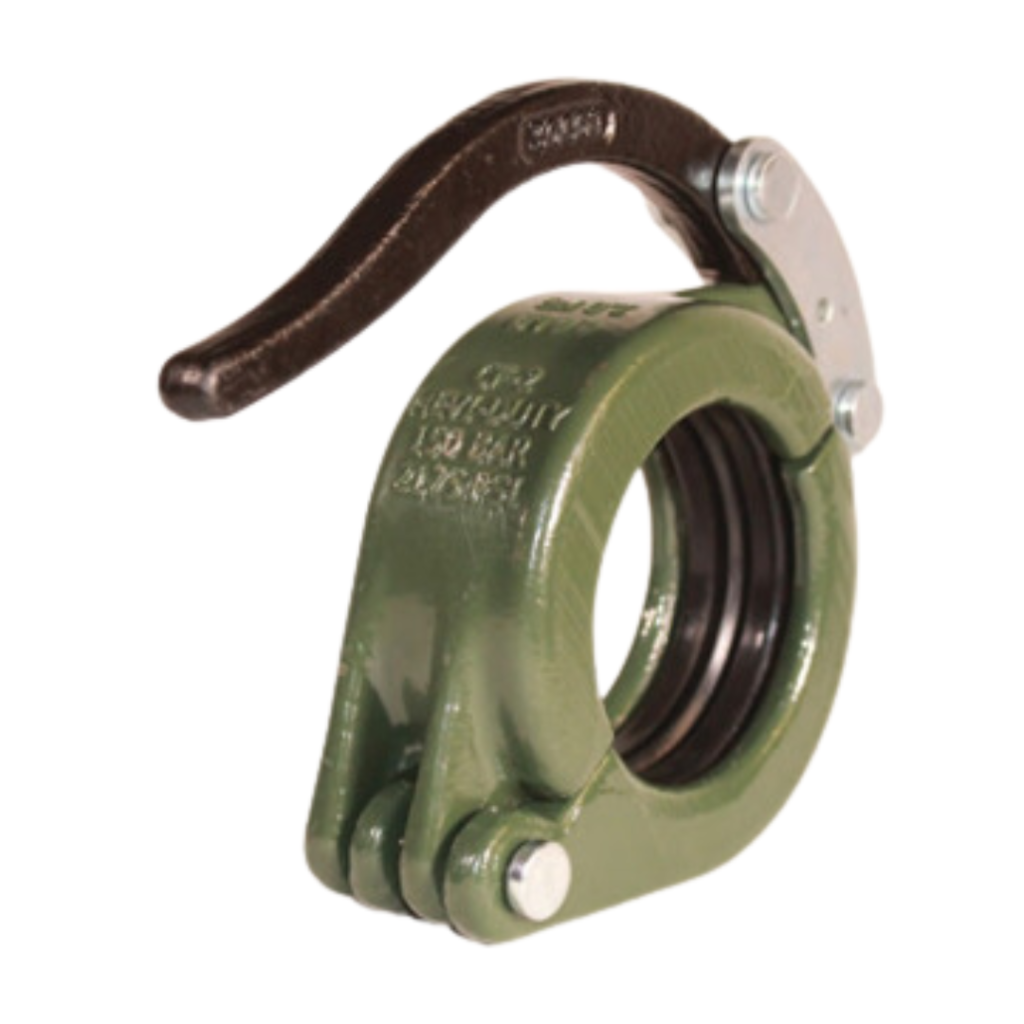Concrete delivery systems are used every day in the shotcreting industry. The big question is, “Am I using the right products?” If I have an accident or issue, “To what standard or regulation am I going to be held accountable?”
In the concrete pumping and shotcrete industry, there are few regulations that directly apply (except in British Columbia, Canada due to recently enacted legislation). In fact, there is almost no delineation in professional publications (American Society of Mechanical Engineers (ASME) B30.27, Canadian Standards Association (CSA) Z151, Ameri- can Concrete Institute (ACI) ACI304.2R, American Concrete Pumping Association (ACPA) Safety Manual, Schwing and Putzmeister owner’s manuals) that differentiate shotcrete pumping from concrete pumping. The only exception is dry-mix shotcreting. This is because dry-mix uses air flow to convey dry concrete materials through the delivery line instead of a hydraulic pump to push pre-mixed liquid concrete through the line.
Most safety professionals and safety organizations lean on ASME B30.27, if they are in the United States, or the CSA Z151 if in Canada. These would be the most common safety standards by which shotcrete pumping companies will be held accountable. The good thing is that the ASME and the CSA are in alignment with their safety standard publications. They nearly mirror each other in their writing and intent.
Shotcrete pumps have a machine tag on the equipment that usually states the maximum working line pressure exerted when pumping. If it is not on the machine, look in your owner’s manual or contact the manufacturer of your machine. It is important to note that maximum hydraulic pressure is related to working line pressure, but they are two different things.
The maximum concrete line pressure will be the basis for which delivery system is safe for you to use on the job. Line pressure will be highest when closest to the machine and will reduce as you pump farther away. Although the pressures are reduced farther away from the pump, if it plugs, the entire delivery system is quickly charged to the maximum line pressure of the concrete pump. This is why the delivery system is built around the maximum concrete line pressure of the machine. In the event of a plug, a lesser-rated delivery system can fail without warning, causing serious safety issues and potential property damage.
ASME B30.27 Section 27-1.10 and CSA Z151 Section 5.2.2.2 both state that all components of the delivery system must withstand the maximum material pressure of the connected pumping equipment. The owner’s manuals of Schwing, Putzmeister, the ACPA safety manual and ACI 304.2R section 4.7.1 also have similar statements in them. These documents also note that all delivery systems components must have a minimum 2:1 safety factor for burst pressure when new.
The next component of having the proper delivery system is verifying that the product you are using meets the maximum working line pressure. ASME and CSA require all delivery line, hose, and accessories to be marked with the maximum working pressure when new. They also require that the labels have a manufacturer’s part number, the internal diameter, and a weight per foot with concrete in it. It is also important to contact the manufacturer of the delivery system to verify how to check wear on the components as they wear and get thinner. The delivery system must be inspected and tested regularly as it wears to verify that it can still hold the maximum working pressure of the pump.
Clamps are especially important to check for pressure (Fig. 1). Most manufacturers cast the working pressure into the clamp marking that is easy to read and locate. Grooved end fittings are prohibited in concrete pumping applications by the ASME and CSA. Grooved connections have two issues that affect their ability to handle the higher pressure of today’s shotcrete pumps. The groove does not have enough depth to hold the clamp in place to maintain the higher pressure at the required 2:1 or greater safety factor. The bigger issue with the grooved connection is that the groove is cut into the metal which is part of the material that is wearing as it is used. As the metal is worn down with use, the engagement area where the clamp is connected weakens and can fail without warning. Clamps that use a raised end (like HD or heavy duty) provide a safer connection and will have a much higher working pressure rating than grooved clamps (Fig. 2).
The last thing to consider in your delivery line selection is Concrete Pump Manufacturer’s Association (CPMA) Certification. The CPMA audits the manufacturer or supplier of the components. They verify that the items have documentation and engineering data to back up the claimed pressure ratings. They also conduct laboratory testing to verify engineering data. This certification must be accomplished periodically to verify compliance with the ASME safety standard. This certification also gives you confidence that the ratings on your delivery system are what they state and not just a sticker stating the information.
It is strongly encouraged to get a copy of the ASME B30.27 or CSA Z151 Safety Standard depending on the area of North America in which you are working. Both publications have become the “standard” that the construction safety professionals use to promote safety.
Sources
ASME B30.27 -2019 CSA Z151 – 17
ACI 304.2R
ACPA Safety Manual v 7.0.1
Figure 1

Figure 2








